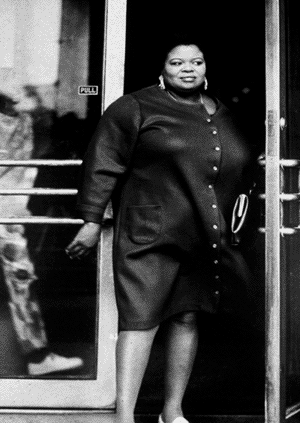
Philippe De Jonckheere, Untitled, le Bouchet de la Lauze, 1992, Polaroid transfer on Arches paper.
... (...) ... I remember showing my first polaroid transfers to Barbara, I think she was rather happy to see me doing something that was so new to me, I, on the other hand, was precisely not happy about those images. The absence of control on color balance, contrast and luminosity seemed to me things going against the painful process, not to mention how teadious it was and how often the blacks would not peel properly, therefore leaving huges areas of an ugly cyan growing like mold on leftover foods. What I learned afterwards is that Barbara had already been toying with polaroid transfers for quite a few years so she offered help. Asking me about my methods, she, bewildered, discovered that I was actually projecting slides with a color enlarger onto packs of polaroid films. She was really stunned by this. She went into the room where equipement was stored and came back with a small black box, 20 inches high, asked for one of my slides, inserted it in a slot press on a button, a small sparkle filtered from the slot, and she pulled on a tag, two minutes later, sure as eggs are eggs, there was a polaroid duly processed: she asked: "didn't anybody tell you about this polaroid slide projector?", she obviously was pained that I had been in the dark about this for such a long time. I had to tell her that most probably my fellow students, those who had great fun teaching me that a ruler was a beecker, a beecker was a lens a lens was an easel and an easel was a ruler, those good friends of mine now, some years later, probably thought it was hilarious to see this french bonehead working his way through thick and thin. Barbara could not quite see the joke in that. I must admit it was rather painful to consider the many polaroid films I had gone through to make some miserable transfers, most of them far from being what one could call a successful transfer.
Years later, I was staying at Barbara's place in Michigan and we spent the afternnon producing polaroid transfers. As I was getting ready to print a batch, I asked her if she had an hair-dryer, to which she was rather taken aback by this request, asking why. I explained to her that through experimentation I had discovered that heating the back of the polaroid while processing was preventing the blacks from peeeling off, leaving those ugly cyan areas. Barbara's eyes became bigger and rounder. As she immeddiately put the trick to practice she uttered that it was such a painful thought to be thinking again of all those great collage images that she had missed without knowing this useful trick.
I said, yes I know the feeling.
Sometimes the teacher learns a little something from the student.
